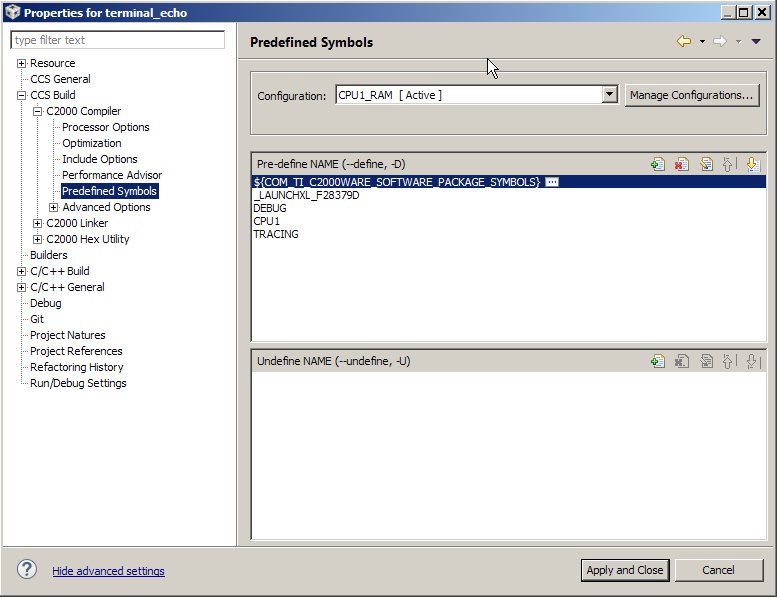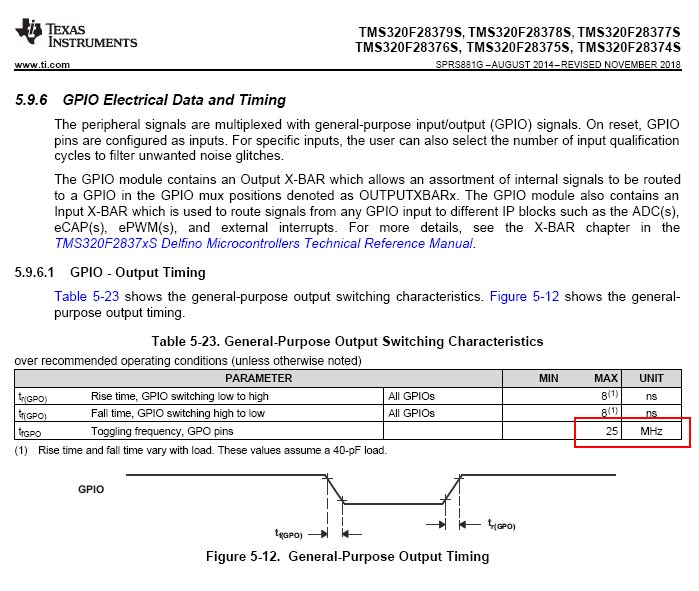Other Parts Discussed in Thread: PROFIBUS
The TRM (and the code of sci.c from C200ware) says, the maximum baudrate ist LSPCLK / 16.
But I experienced the max baudrate is only LSPCLK / 32.
My LSPCLK is 200 MHz.
SCI is still working with 6.25 MBit/s (=200MHz / 8 / 4 with BRR = 3 => divider =4).
When BRR is set below 3 (e.g. 2) the SCI does not work anymore. No signal comes out of TX.
Why?
SCI shall work down to divider = 0 and then with Baudrate = LSPCLK / 16.
Please any solution. I want to implement a Profibus like 12 MBit link.











